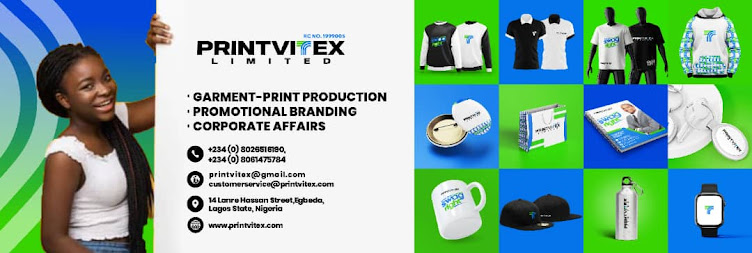Whether you're a burgeoning brand manager who understands the power of storytelling and how it shapes a brand's identity, a fashion designer who know how to create the right prints that resonate with the style-conscious consumer, or an interior decorator who understands that fabrics used in home decor must be both visually appealing, durable and functional, an event planner aiming to create memorable experiences, or simply someone with a creative vision and preference to experiment with printed fabric, understanding the array of garment printing techniques is fundamental to bringing those ideas to life. In this guide, we're demystifying the world of garment printing by delving into the nuanced pros and cons of different methods.
Although custom printed fabrics are a canvas for self-expression, branding, and storytelling, not all printing methods are created equal, and the choice you make can significantly impact the quality of production, durability, and cost of your creations. Furthermore, the nature of your designs and the type of fabric you're working with can greatly influence the effectiveness of each technique. With this in mind, let's go through the most prevalent garment printing methods.
- Screen Printing
- Pros:
- Durability: Screen printing is renowned for producing robust, long-lasting prints that can withstand countless washes without fading, ensuring your designs endure.
- Colour Richness: The method allows for precise colour matching, making it ideal for intricate designs and corporate logos that demand colour fidelity.
- Cost-Effective for Bulk Orders: As quantities increase, the per-unit cost decreases, making screen printing cost-effective for large orders and events.
- Cons:
- Limited Detail: Screen printing may struggle with capturing fine details and intricate designs compared to other methods with higher resolutions.
- Setup Costs: The creation of screens for each colour can be costly, making screen printing less suitable for small-batch orders.
- Not Ideal for Dark Fabrics: It's less effective on dark-colored garments as additional layers may be required, potentially affecting print quality.
- Direct-to-Garment (DTG) and Direct-to-Film (DTF) Printing:
- Pros:
- High Detail: DTG/F printing shines when it comes to delivering exceptional detail, faithfully reproducing complex designs with precision and accuracy.
- Full-Color Printing: It grants the ability to print full-colour designs with gradients and shades, akin to the quality achievable through digital printing.
- No Setup Costs: The absence of screen setup costs makes DTG/F printing highly cost-effective for small, custom orders.
- Cons:
- Limited Durability: DTG/F prints may experience fading, especially with frequent laundering, potentially diminishing their vibrancy over time.
- Ink Absorption: This method performs best on 100% cotton garments; results on blends or synthetic fabrics may vary.
- Slower for Large Orders: DTG/F printing can be time-consuming for bulk orders, making it less suitable for high-volume production.
- Sublimation Printing
- Pros:
- Unlimited Colors: Sublimation offers an expansive colour palette, permitting the creation of designs with unlimited colors and intricate detailing.
- Durability: Sublimation prints are highly durable and long-lasting because the ink becomes a part of the fabric, rather than sitting atop it.
- Breathable Prints: These prints don't add noticeable texture to the fabric, ensuring comfort for wearers.
- Cons:
- Polyester Required: Sublimation only works effectively on polyester fabrics or materials with a specialized polyester coating, limiting its applicability.
- Limited to Light Colours: Sublimation is not suitable for dark-coloured garments, as it relies on the base colour for its vibrancy.
- Cost of Equipment: Setting up sublimation printing can be costly due to the need for specialized equipment, which may not be feasible for all businesses.
Bottomline:
Choosing the right garment printing method is a pivotal decision, influencing the overall quality, appearance, and cost-effectiveness of your custom apparel. Each technique has its unique strengths and limitations, making it crucial to align your choice with your specific needs, budget, fabric type, design complexity, and desired durability.
Understanding the pros and cons of each method empowers you to make an informed decision that ensures your custom apparel not only meets but exceeds your expectations. Whether you're crafting a unique fashion line, promoting an event, or creating personalized gifts, the right printing technique can breathe life into your vision, transforming fabric into a canvas for your imagination.






No comments:
Post a Comment